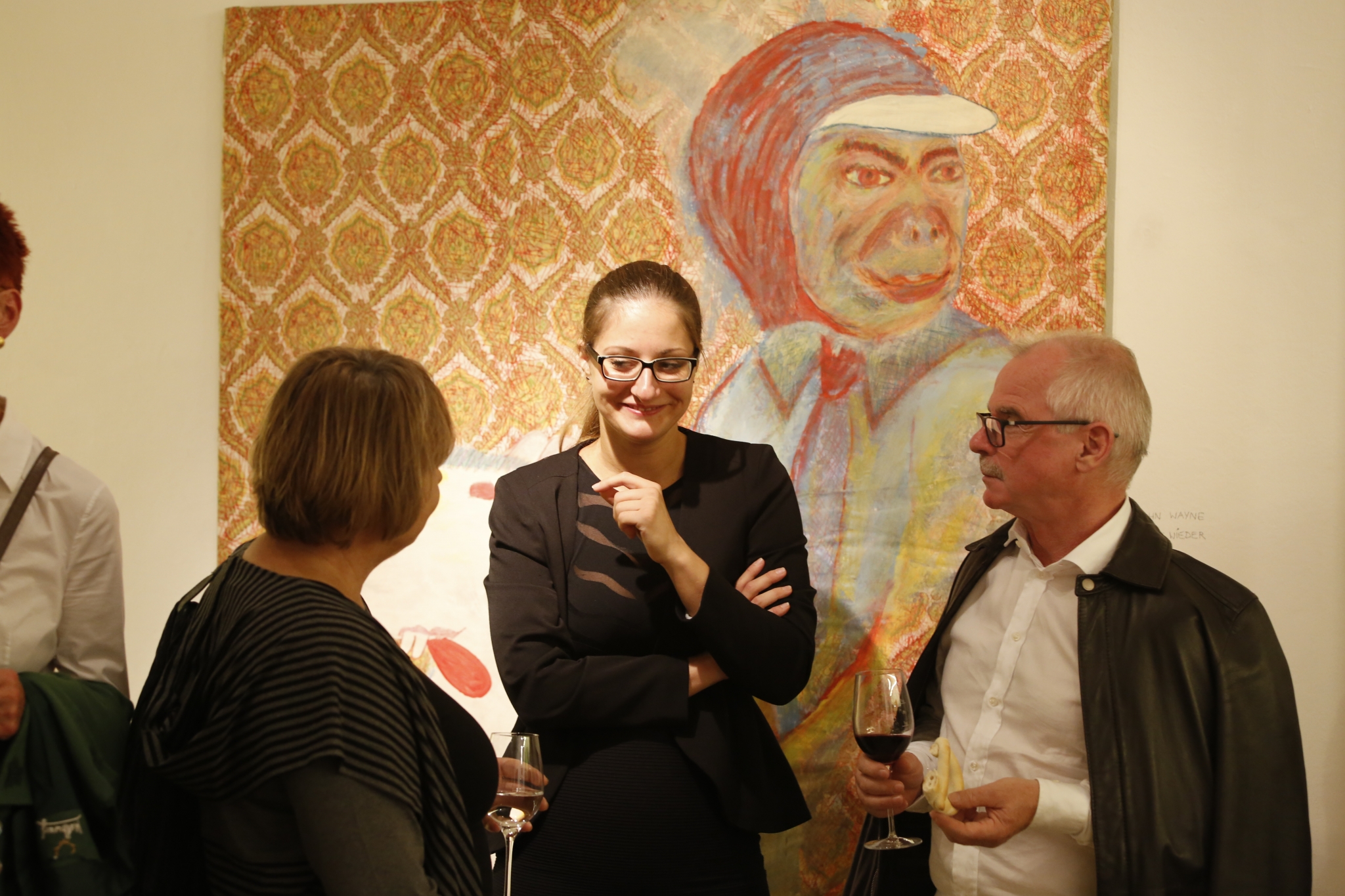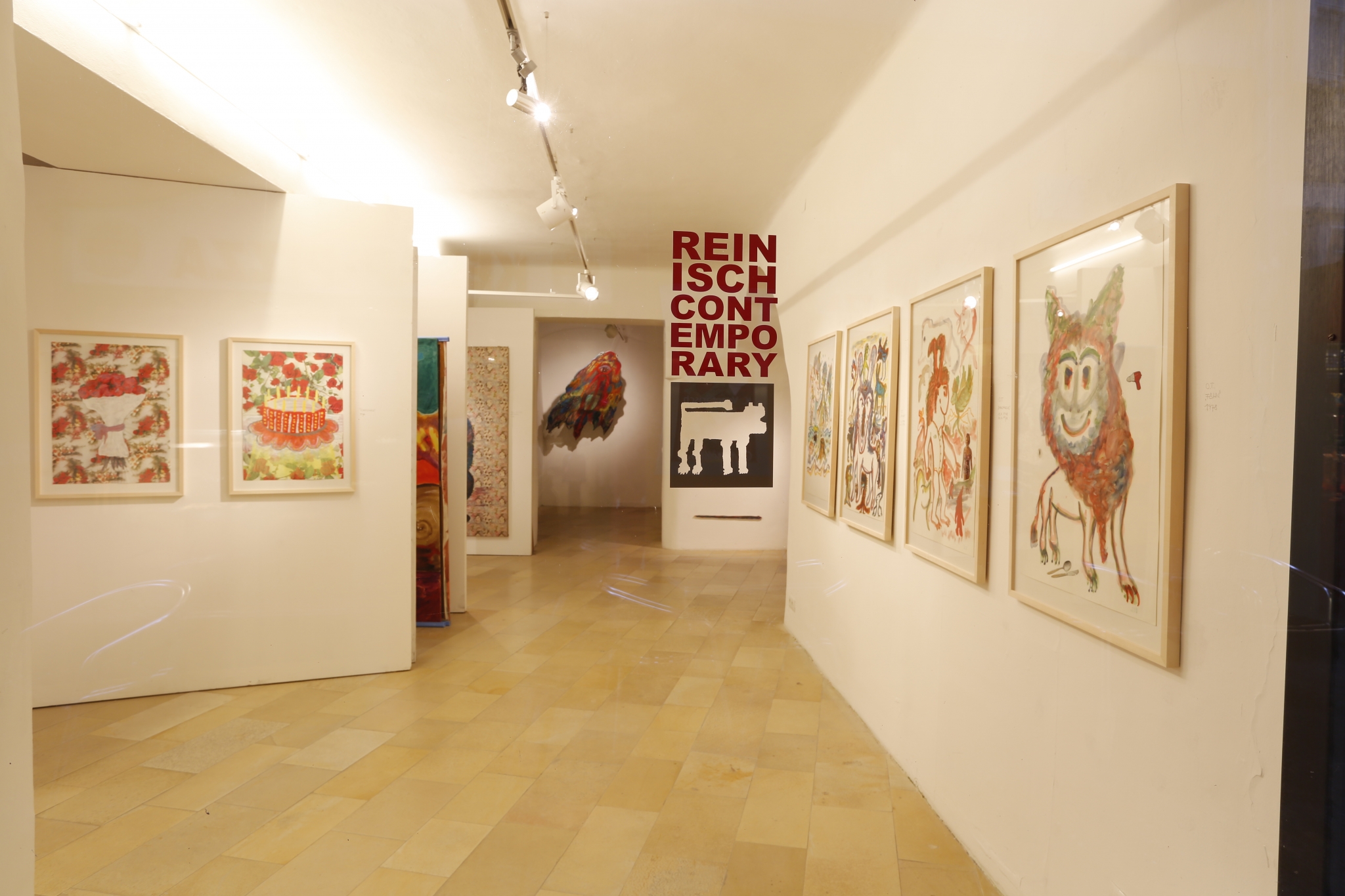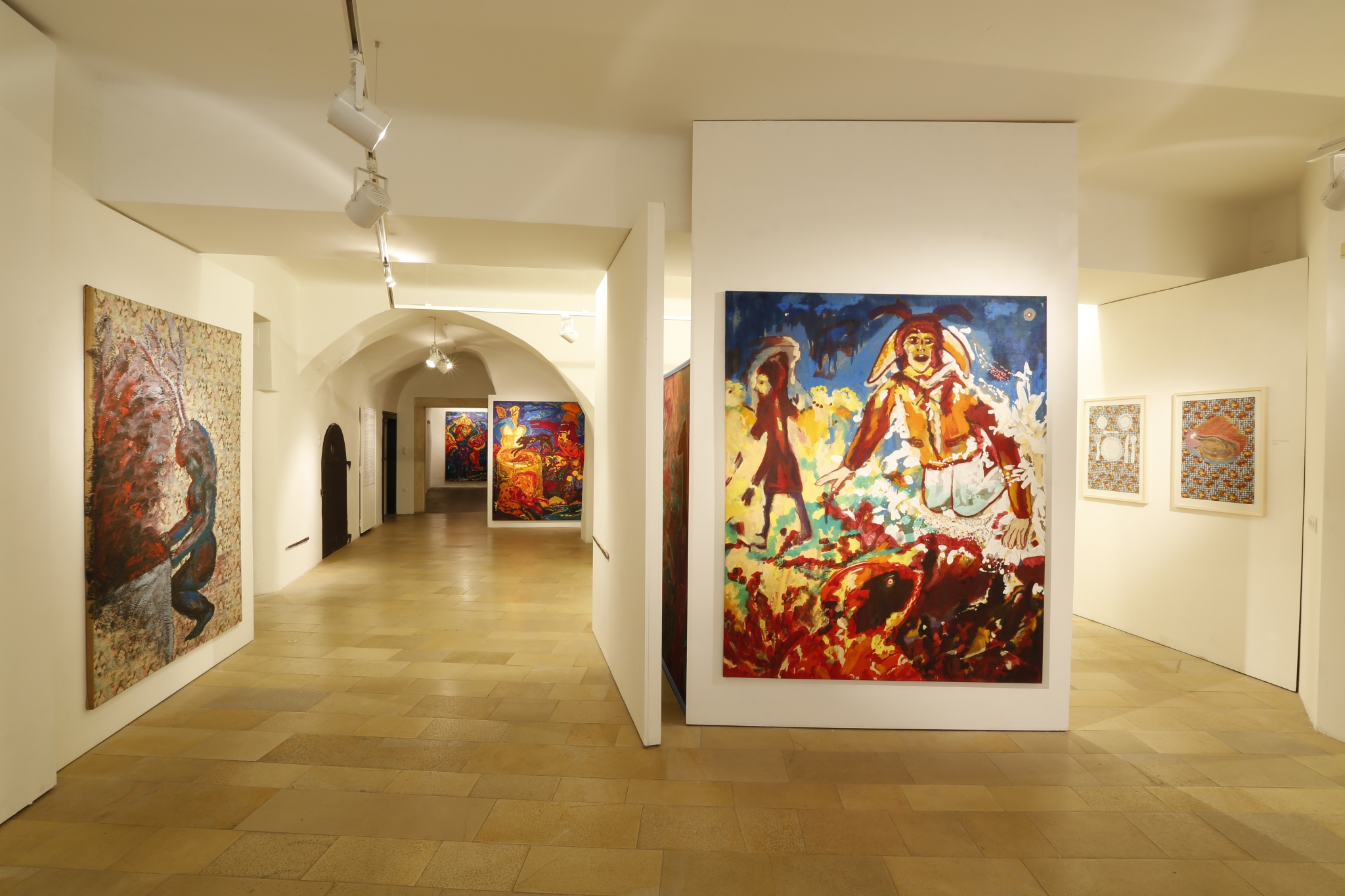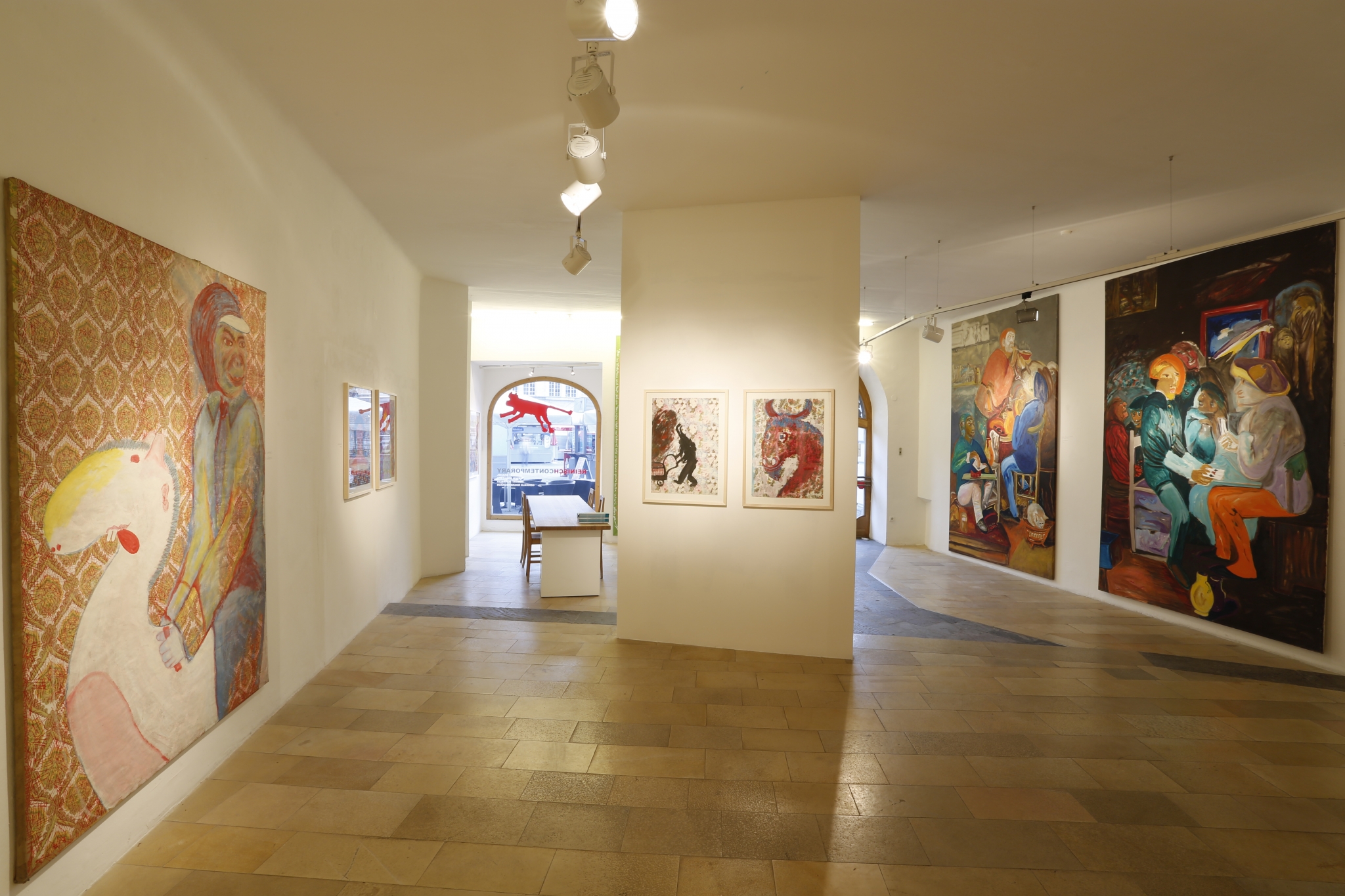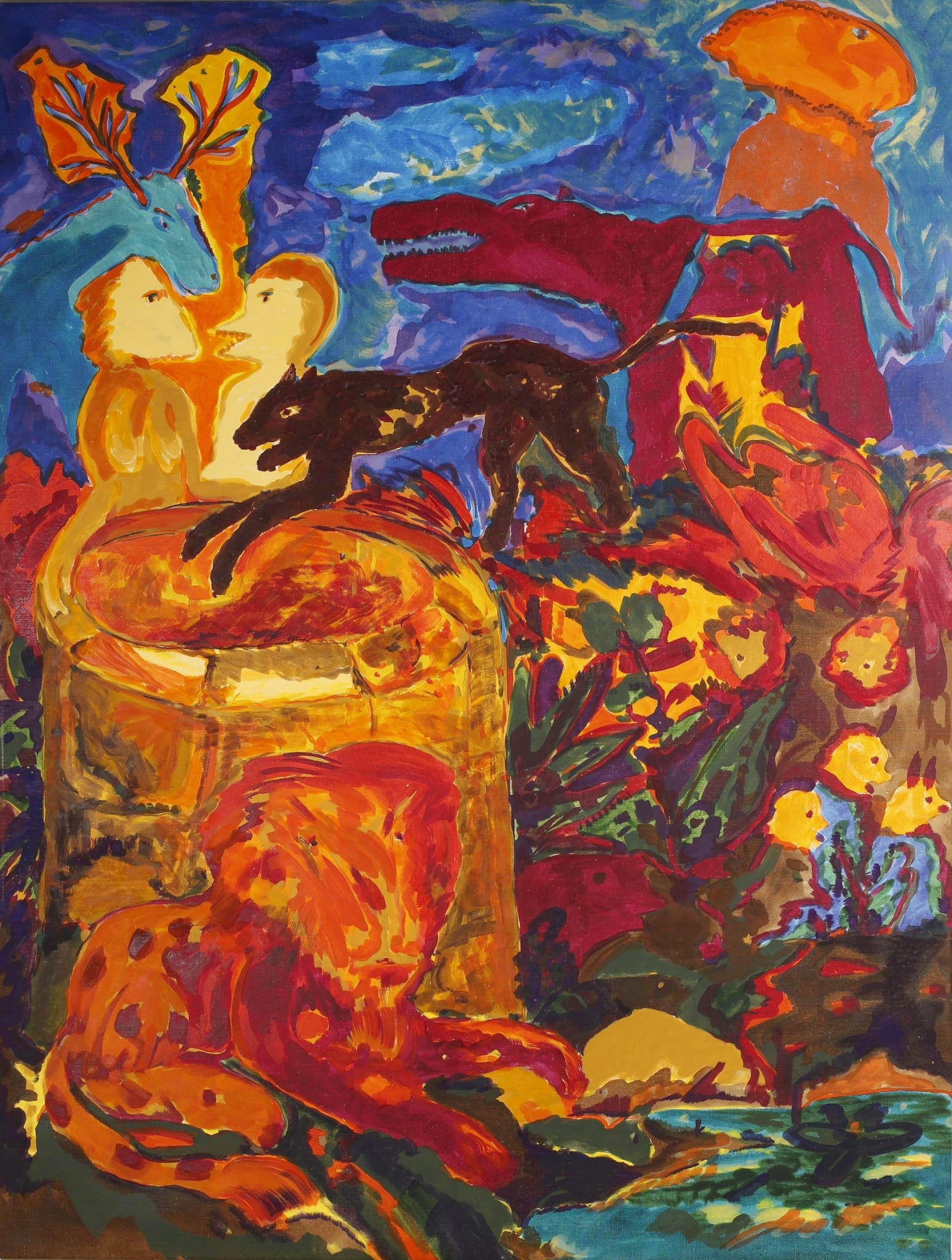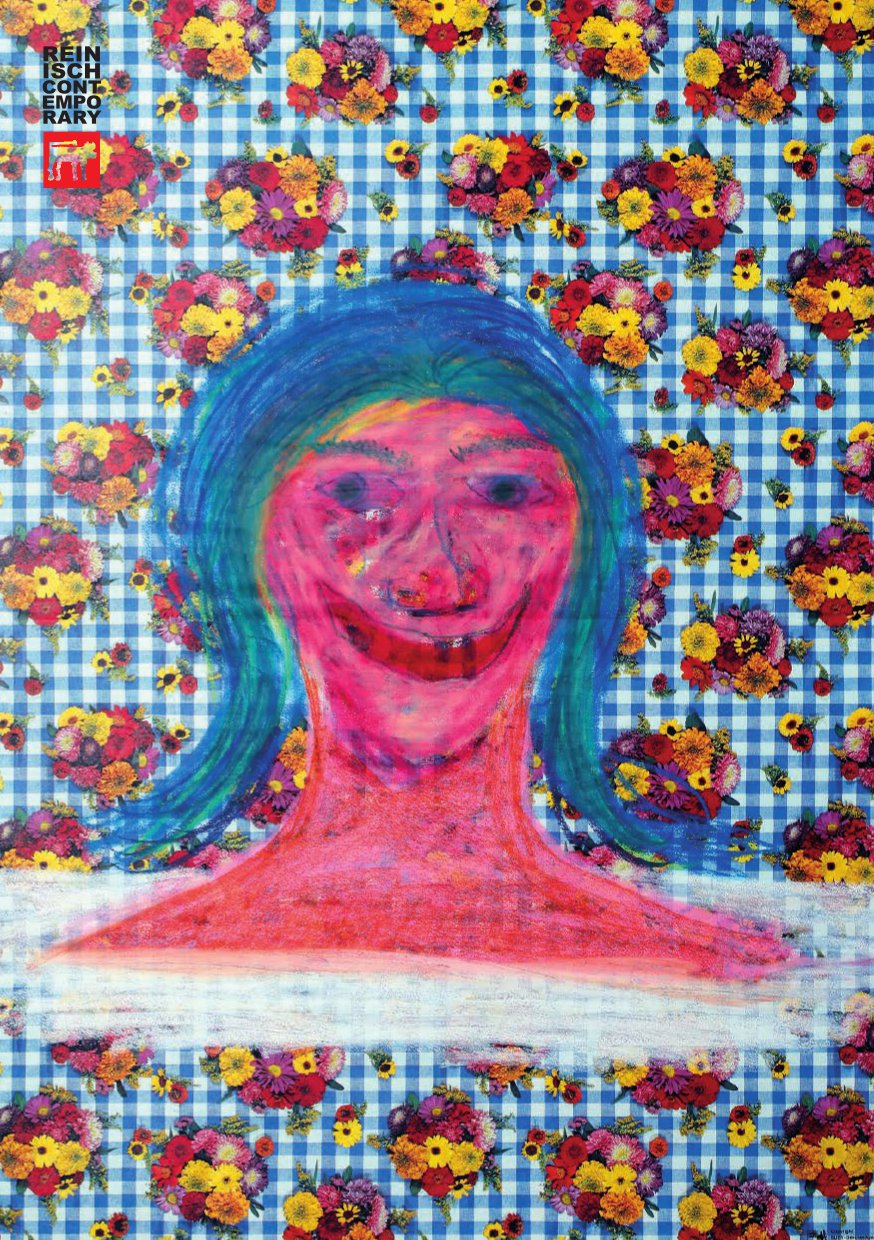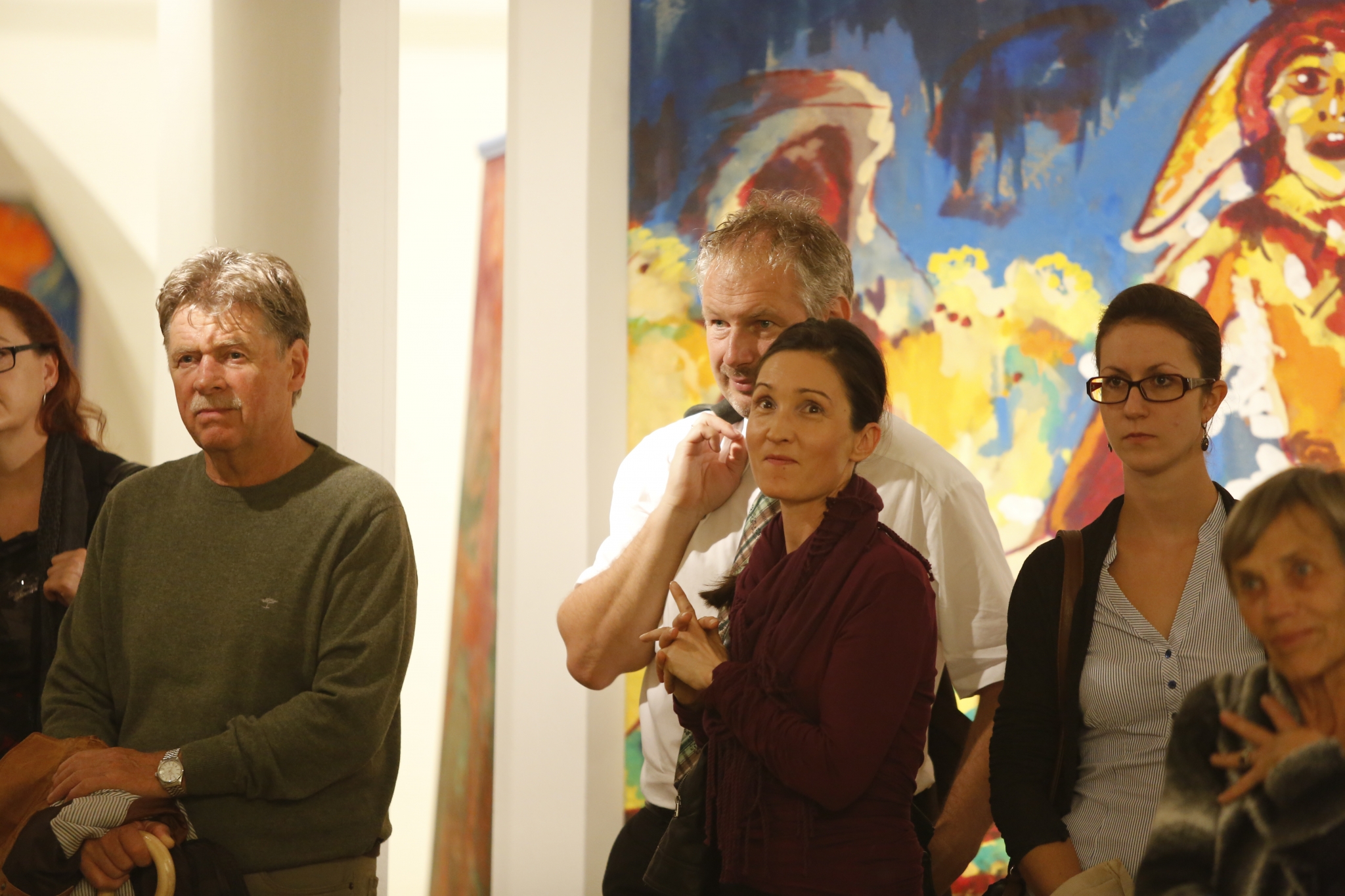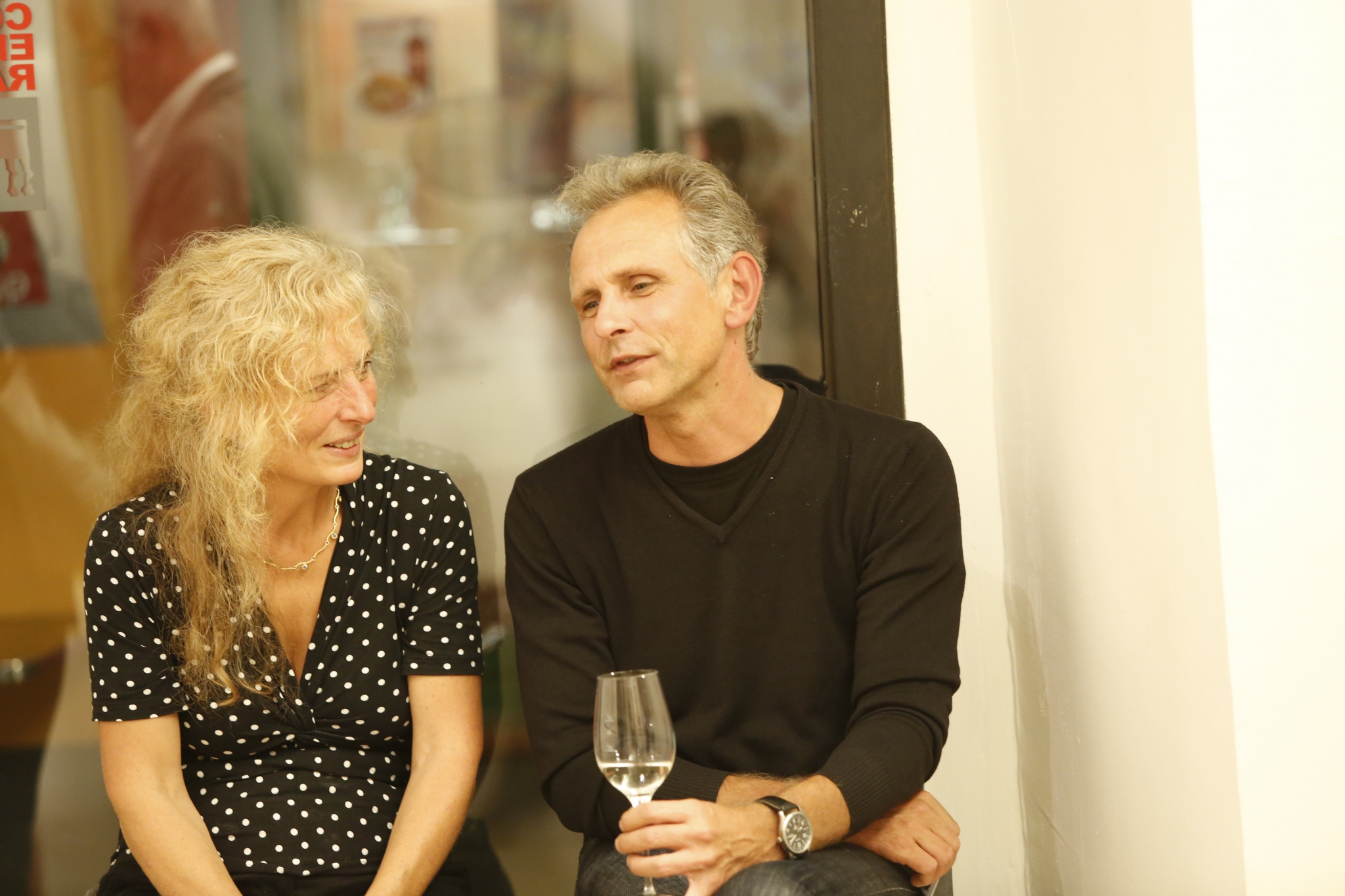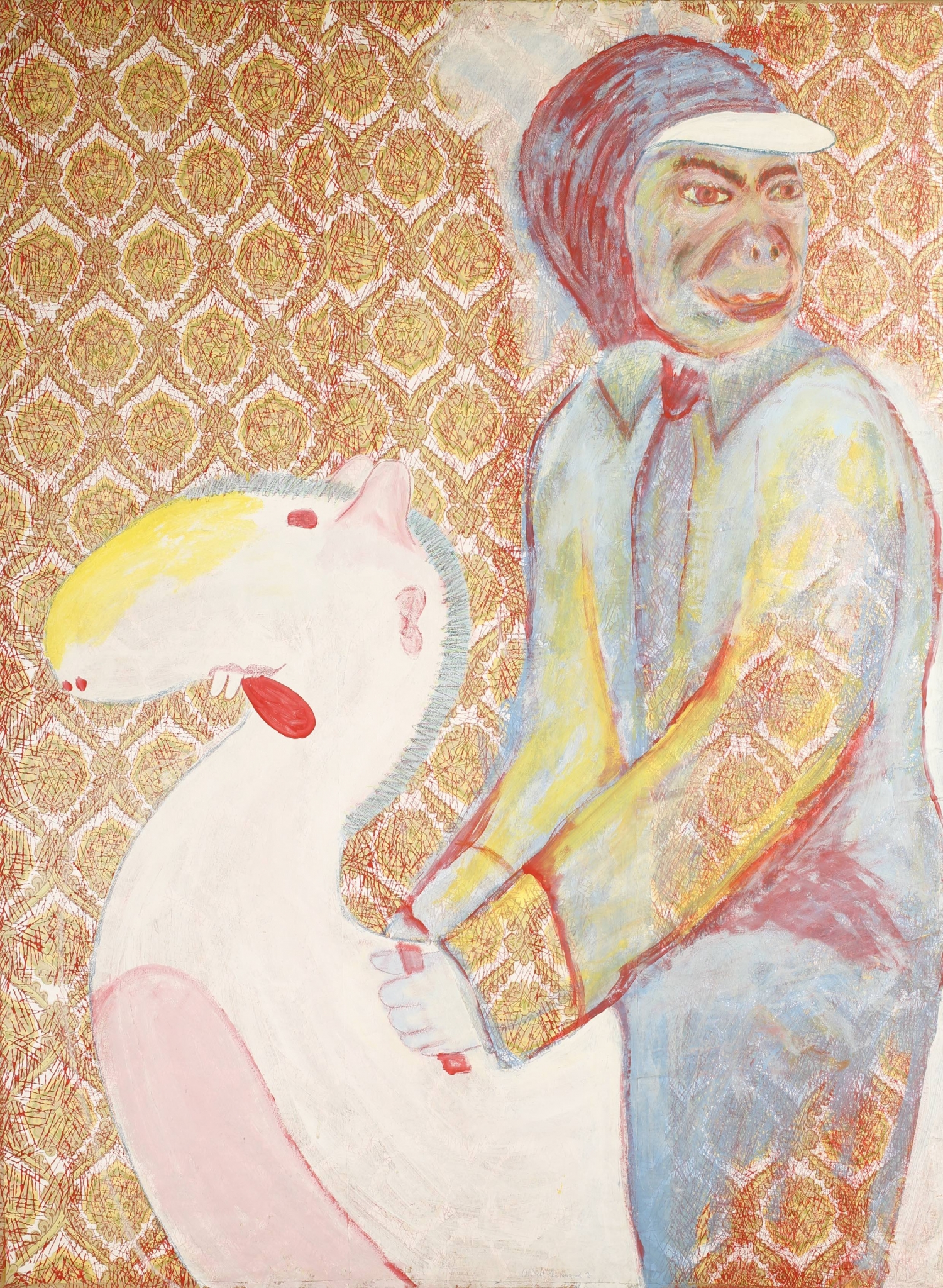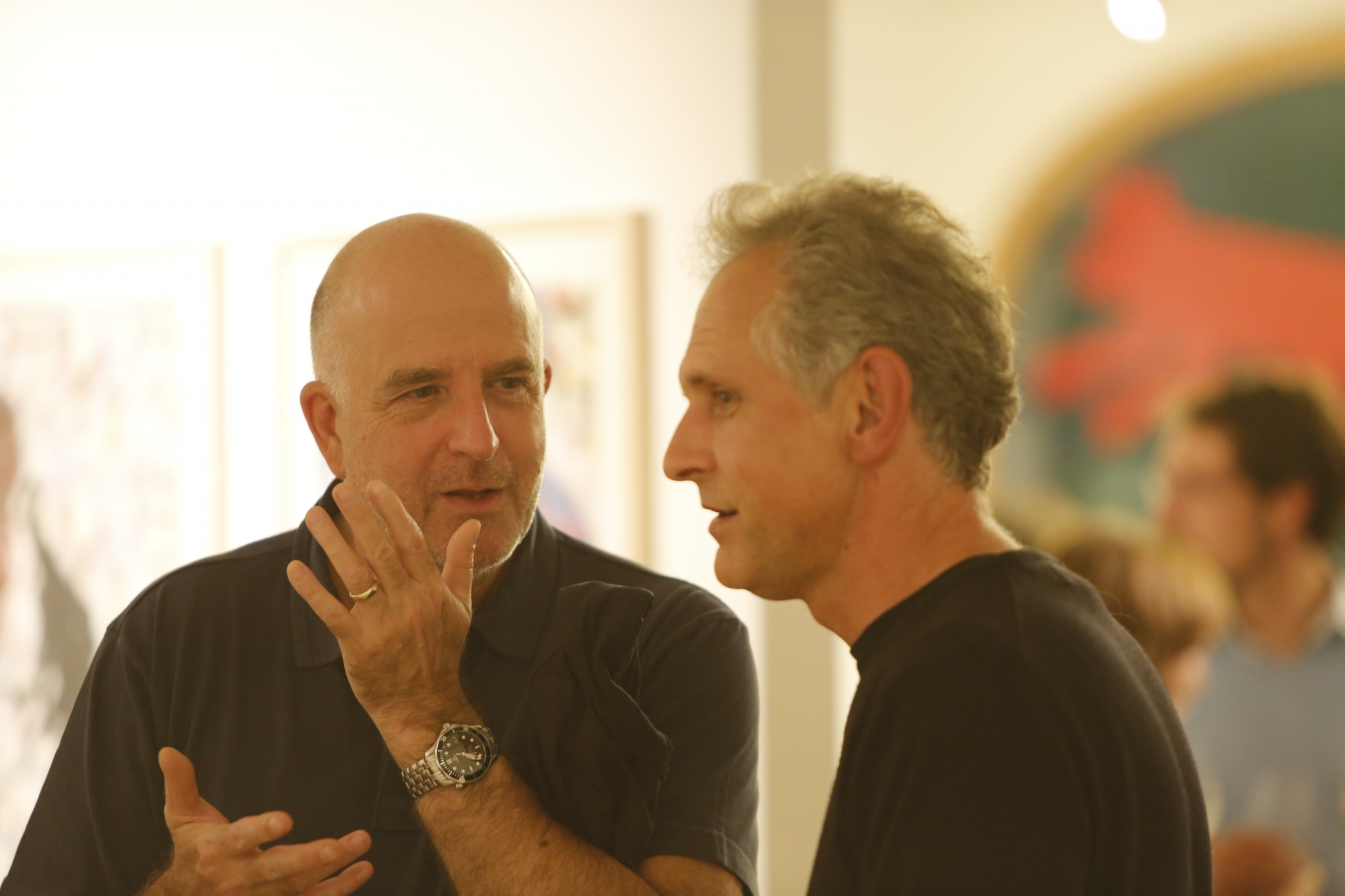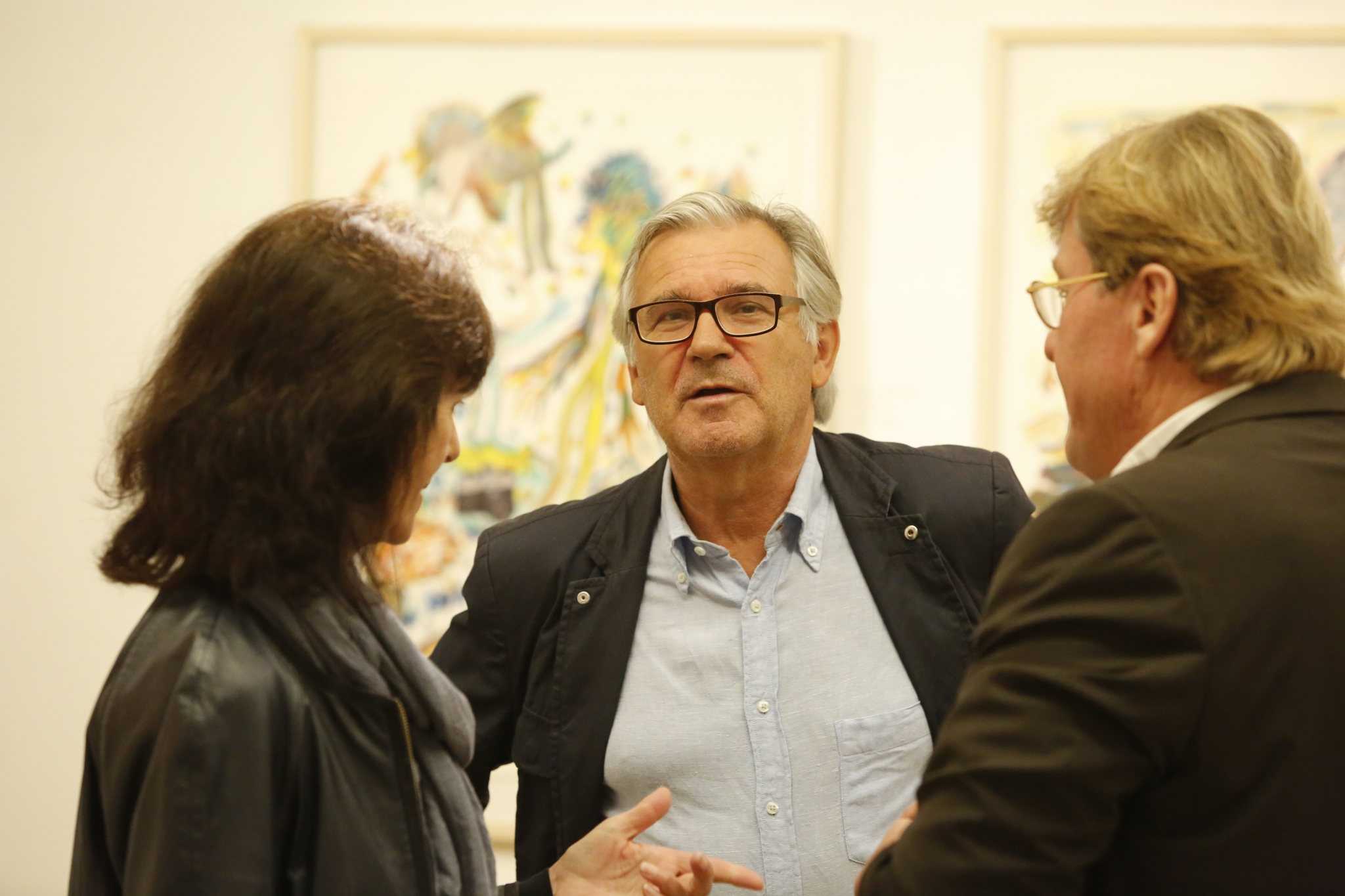16th of Sept. – 12th of Oct. 2013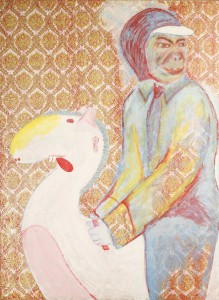
*The title originates from an eponymous poem by Alfred Klinkan from the year 1978
Nearly 20 years ago, Alfred Klinkan passed away unexpectedly. He was an artistic loner and outsider. In the early 1970s, he studied at the Academy of Fine Arts in Vienna under Mikle and Hollega. He applied himself to painting, which, in an era of performance, concept and incipient media art, already seemed anachronistic at the time. The almost psychedelic colour explosions of the 1980s were already latent, but, to begin with, Klinkan was busy with experiments that combined painterly and conceptual contemplations. His affinity for literature – he wrote poems and short stories – further expanded the narrative content of his work. A child-like humour, which could at times tip over into obscenity, infused his work from the start. Memories of fairy tales and picture-book worlds of childhood and an intensive examination of fables and myths underline the diversity of the Klinkan cosmos.
The art gallery Reinisch Contemporary presents works by the prematurely deceased pioneer of ‘new painting’, with a focus on the transitional period from conceptual art to painting. His use of materials in the 1970s was experimental. Klinkan used different printed papers (maps, wrapping paper, sewing patterns) or images from magazines as a canvas, for collages or as existing design elements, which he would expand on by drawing or painting on them. Due to his exuberant creativity, he perceived, as a matter of principle, everything in his surroundings as a surface or a space for art. With him, all aspects of life, even child’s play, came out as art – as performance, as concept, as image. His ambiguous naiveté and the attendant humour of his art, which would intensify and evolve in his later paintings, naturally transferred themselves into real life, which Klinkan often understood as a story, as a comic or even as a miracle. His colouristic phase began with the 1980s, when he spent much time in Antwerp and discovered the art of Adrien Brouwer (1605-1638). The Dutch genre painter with his precise observation of society’s weaknesses, lusts and indulgences, which he captured in small formats, led Klinkan to adopt Brouwers turbulent settings and reproduce them in seemingly excessive oversize. Apparently random details and intimate scenes were heightened by the large format and instilled with the momentary significance they held for those depicted. Klinkan’s examination of the work of this ‘artist colleague’ was an essential impulse for his further approach. His colours became ever flashier and more colourful. He dedicated a lot of time and energy to working on the material itself – to increase its impact. Like an alchemist – a figure he was especially fascinated with – he tried to elicit precious qualities from his materials. The glow and immaterial luminance of these typical paintings from the first half of the 1980s can be traced back to this excessive treatment of materials.
From today’s point of view, Alfred Klinkan is no nostalgic painter, as artists of his kind are often perceived; instead, his approach to the medium of painting is much more topical than one might at first expect. The high degree of experimentation and conceptuality as well as his gusto for the performative, the poetic and the universally creative are pronounced to the greatest possible extent. The ironic distance the artist kept to himself transferred itself into the medium of painting. Klinkan seemed to engage with painting specifically because it was already seen as an anachronism back then.
In view of contemporary developments in painting, of multimedia approaches and material experiments, Alfred Klinkan’s art can be seen as a highly current – especially his early works appear startlingly fresh and young.
In this exhibition, Reinisch Contemporary attempts to particularly emphasise Alfred Klinkan’s early work, which is strongly influenced by methods of conceptual art. His works on paper and his collages, but also his installation-like object-images, which appear like details of paintings, showcase a highly versatile artist who did not concentrate on traditional painting alone. Some of Klinkan’s well-known colouristic works from the 1980s will also be on show. Most of the works, however, have only been displayed rarely or not for a long time – some have never been shown before. As such, this exhibition offers a comprehensive look at a significant artist, whose work appears perplexingly topical, particularly in view of recent developments within the medium of painting.
Günther Holler-Schuster
